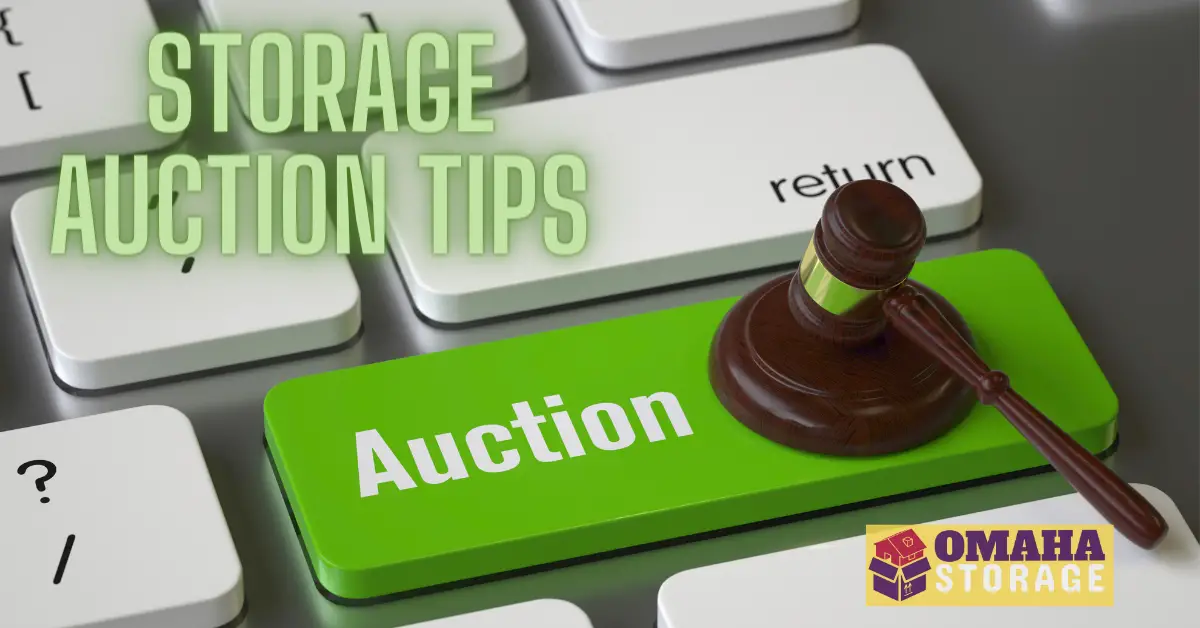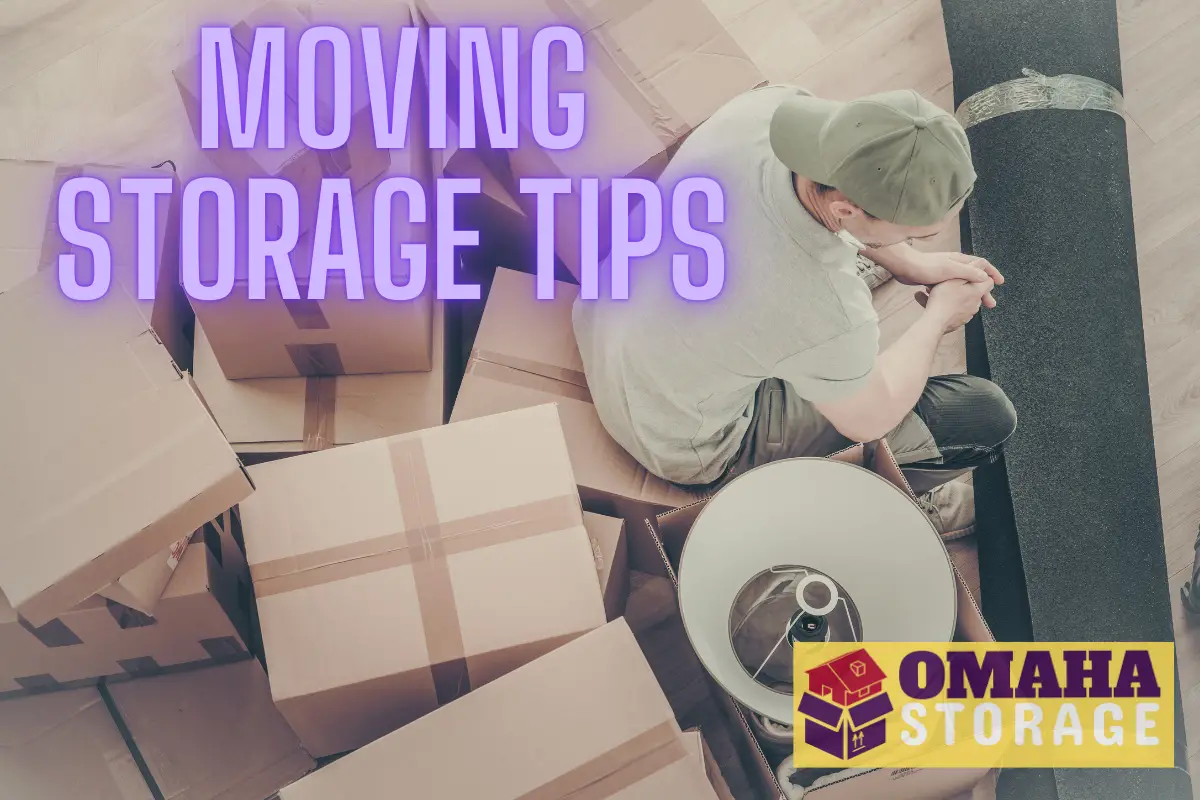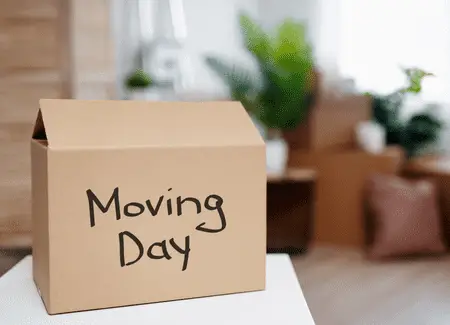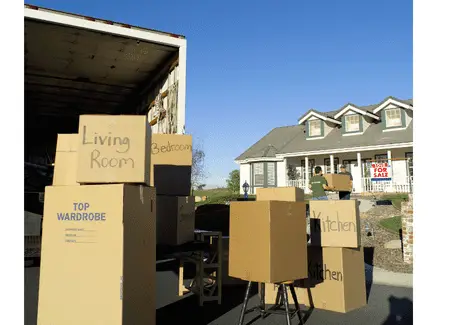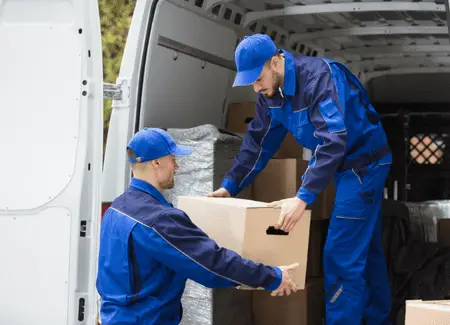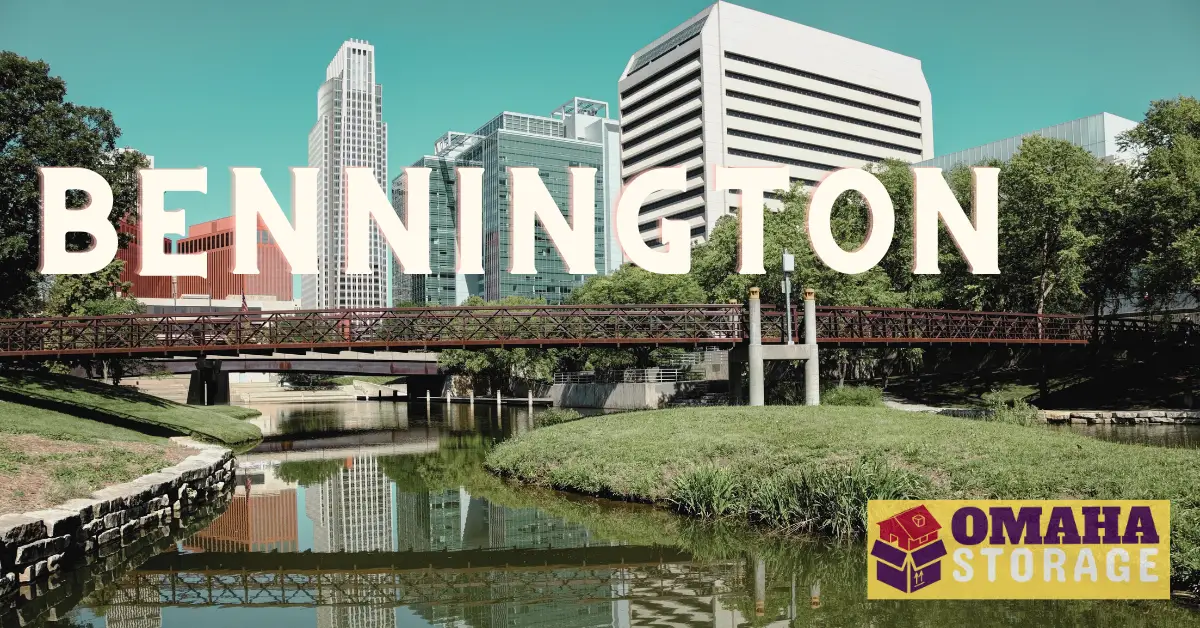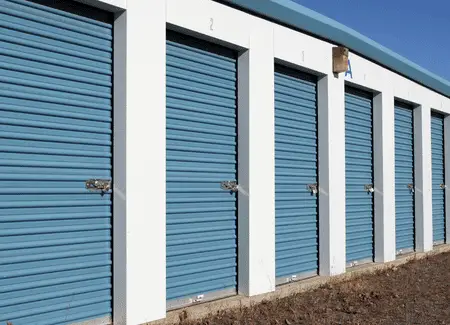When it comes to storing your personal belongings, it’s important to consider security measures.
Self-storage facilities offer a convenient option for those who need extra space and you’ll want to make sure that your items are secure while in storage.
Keep reading as you’ll find out the various measures that self-storage facilities use to protect your belongings — and how you can ensure that your belongings are safe.
Security Measures for Customer Access
Customer access is one of the challenges for security, and this is an important aspect when it comes to self-storage facilities.
Imagine your self-storage facility as being a castle, and the units inside are rooms of the castle. If someone enters the castle without permission — they can then enter any room they want. That’s why self storage security systems for access control is needed.
This includes locked gates, coded entry systems and security personnel on site. Each measure ensures that only authorized people have access to the storage units — and the facility as a whole.
It’s important to note that access control is not only about keeping bad people out, but also about identifying who is authorized to enter. It’s kind of like a bouncer at a club — they’re not only checking to keep uninvited guests out, but to also make sure that guests are indeed the right people.
By having a system in place that ensures the right people are authorized to enter, the storage center is reducing the risk of theft.
Many self storage security systems now offer individual unit alarms (the same goes for mini storage alarm systems), which provide an added layer of security by sounding an audible alarm when someone unauthorized enters a unit.
Continuing with the castle analogy, this is like having a guard stationed outside every room of the castle. It’s an extra level of protection that can make a difference in keeping your belongings safe.
Individual unit alarms are an excellent example of redundancy in security. If someone manages to bypass the main security measures — such as the locked gates and coded entry system — the alarm will still sound and alert security personnel.
It’s like having a backup plan, and is a way of increasing the chances of detecting and preventing a security breach.
The principle is sound — the more layers of security you have, the more difficult it becomes for someone to breach the security.
Surveillance Cameras and Alarm Systems
Just like an individual’s personal security is enhanced by the ability to be aware of their surroundings, the security of a self-storage facility is enhanced by surveillance and alarm systems.
CCTV cameras (closed circuit television cameras) that monitor the facility, as well as alarm systems that are triggered by motion or other sensors, will provide an additional level of protection and help deter potential thieves.
These systems act as a deterrent, much like a sign that says “Beware of Dog” or “Protected by CCTV” on the front of a house.
It’s a signal to potential criminals that their actions will be monitored and recorded — and that they will be held accountable for any illegal activity.
Self-storage surveillance security and alarm systems aren’t just about deterring crime, they also serve an important role in identifying and responding to security breaches.
Self storage security systems CCTV cameras provide a visual record of any criminal activity, which can be used as video evidence in court.
Alarm systems, on the other hand, alert security personnel to any unauthorized activity, allowing them to respond quickly and effectively to reduce self-storage crime.
Many facilities now offer remote monitoring, which allows you to access live footage of your unit and the surrounding area through a mobile app or web portal. It’s kind of like a nanny cam.
You get your own guardian angel watching over your belongings. There’s a sense of peace of mind knowing you can check your items at any time — and if something does happen — you’ll be able to see it quickly and respond accordingly.
Remote monitoring is also beneficial for those who live far away from the storage facility. You can check on your belongings without having to travel to the facility.
This feature can be especially useful for people who store seasonal items and only need to access them occasionally.
Security Measures Unique to Outdoor Storage
When it comes to storing items in an outdoor unit, security is of the utmost importance.
Outdoor storage units, like garages and sheds, are more susceptible to theft and damage from the elements.
One of the most basic measures for outdoor storage security is chain-link fencing. A fence acts as a barrier, it keeps unwanted visitors out, and it signals to potential criminals that the area is protected.
It’s like a moat around a castle by providing an obstacle to make it more difficult for someone to enter the property.
Locked gates are another important measure for outdoor storage. A locked gate prevents unauthorized access, much like a drawbridge which can only be lowered by authorized individuals.
Surveillance cameras are also a vital measure for outdoor storage security. They provide a visual record of any criminal activity and they act as a deterrent to reduce self-storage crime.
Self-storage live security surveillance CCTV cameras are like the eyes of the castle, they watch over the property and report any suspicious activity to the security personnel.
Many outdoor storage facilities now offer weatherproof covers for items such as boats and RVs, which provides added protection from the elements.
Fire and Protection from Natural Disasters
When it comes to self-storage, it’s not just about keeping your belongings safe from burglars and thieves, it’s also about keeping them safe from natural disasters and other unforeseen events.
That’s why it’s essential to consider the fire and natural disaster protection measures in place.
One of the most important measures for fire protection is the use of fire suppression systems, such as sprinklers and alarms. Sprinkler systems are like a firefighting army, they are designed to detect and extinguish fires before they become large.
Alarm systems, on the other hand, are like a warning bell that alerts security personnel and the fire department of a potential fire, allowing quick response.
Another important measure for natural disaster protection is flood protection. Many self-storage facilities now have measures in place to protect your belongings from floods. This includes installing sump pumps, elevating the storage units, and installing flood barriers.
These measures act as a barrier, they keep the water out, and while protecting your belongings from damage.
Climate-controlled units are also becoming more popular in self-storage facilities. These units help to protect your items from extreme temperatures and humidity.
They are like a thermostat for your belongings, they’ll keep the temperature and humidity at a consistent level, which helps to preserve your delicate items and prevent damage.
Keeping Your Personal Belongings Secure
Even with the most robust security measures in place, it’s essential to take steps to ensure that your personal belongings are as secure as possible while in storage.
Here are some tips to keep in mind:
Main thing is to ensure that your unit is properly locked. A padlock is like the key to a castle, it’s the first line of defense against intruders. Use a high-quality padlock that is difficult to cut or break.
Remember, a disc lock or padlock is only as secure as the lock that holds it shut, so make sure that the lock is of good quality and that it’s used properly. Many storage centers offer locks that fit their units – we highly recommended getting your lock this way.
Another important step is to store your items in sturdy, weatherproof containers — such as plastic bins or metal lockers. These containers act as a barrier and they keep your belongings safe from the elements.
It’s also important to keep a detailed inventory of your items. And map this inventory to the places it’s located in your unit. This will help you keep track of what you’ve stored, where it’s located, and its condition.
It’s a good idea to have your items are properly insured. Self-storage insurance can protect your belongings from loss or damage caused by natural disasters, fire, theft, and other covered events. This way, in the event that something tragic happens, you can rest assured that you’ll be able to recover your loss.
Remember, safety and security are not just about the storage facility, it’s also about how you store your personal belongings. It’s important to be proactive in securing your items and keeping them organized and protected.
When choosing a self-storage facility, go online and research the reputation of the facility (read reviews from previous customers). This will give you an idea of the level of security and customer service that the facility offers.
I have found Public Storage and Extra Space Storage to be very thorough about the security of their facilities. There are several other good companies too. For example, Dollar Self Storage has treated me well and has good storage unit security systems.
It’s a good idea to visit the facility in person and to speak with the staff about their security measures and procedures. This will give you a better understanding of the level of protection that your items will receive while in storage.
Keep in mind that no self-storage facility can guarantee 100% security. However, by taking the steps above to protect your items and by choosing a facility with robust storage facility security systems, you can minimize the risk of theft and damage to your belongings.
Frequently Asked Questions
I’m still not clear why security at self storage is important?
To reiterate, the importance of top-notch security at self-storage facilities can’t be overstated—it’s all about safeguarding those precious belongings from theft or damage.
When you’re stowing away items near and dear to your heart, the peace of mind offered by solid self-storage surveillance security measures is priceless.
A tight ship ensures that no unauthorized individuals can access your stuff, while also keeping fellow renters’ possessions safe.
Moreover, meeting insurance stipulations and drawing in customers who prioritize the security of their goods all contribute to a facility’s stellar reputation and growing business.
In a nutshell, the security self storage plays is a pivotal role in keeping your treasures protected, granting you peace of mind, and maintaining the facility’s good name.
What does self-storage surveillance security mean?
In the realm of self-storage, surveillance security signifies the employment of monitoring systems to safeguard and protect stored possessions.
Generally, this entails strategically positioned video cameras, capturing footage throughout the facility, monitoring activity near storage units.
The self-storage live security monitoring approach not only deters theft, vandalism, and unauthorized entry but also aids in addressing security concerns as they emerge.
By incorporating surveillance security, a self-storage facility bolsters overall safety for stored items, granting renters invaluable peace of mind. For customers and the owners, that is why security at self storage is important.
What is self-storage remote surveillance?
Self-storage remote surveillance is a slick system that lets the big bosses remotely monitor the storage units and facility with the help of high-tech cameras and gadgets.
By strategically placing these cameras, they can easily spot any unauthorized access and keep an eye on the area. These cameras are connected to a centralized monitoring system that managers and owners can access online from any location.
In addition to validating the reason why self-storage security is important, it also gives the storage center a new competitive advantage to use in their marketing efforts.
And that’s not all, some facilities even offer remote access control for tenants, which allows them to open the gate or door to their storage unit with just a tap on their smartphone.
Overall, this high tech self-storage surveillance security system provides an added layer of security and convenience for tenants, while ensuring the safety of the units and facility.

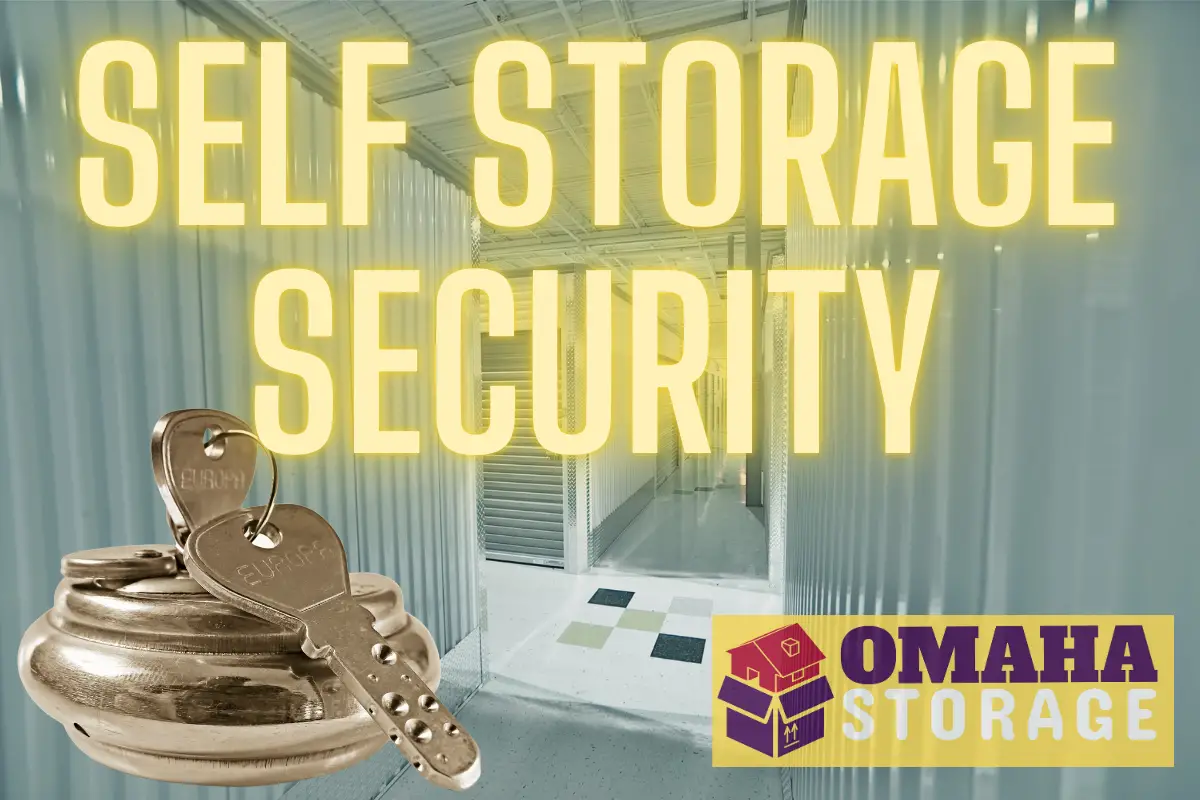
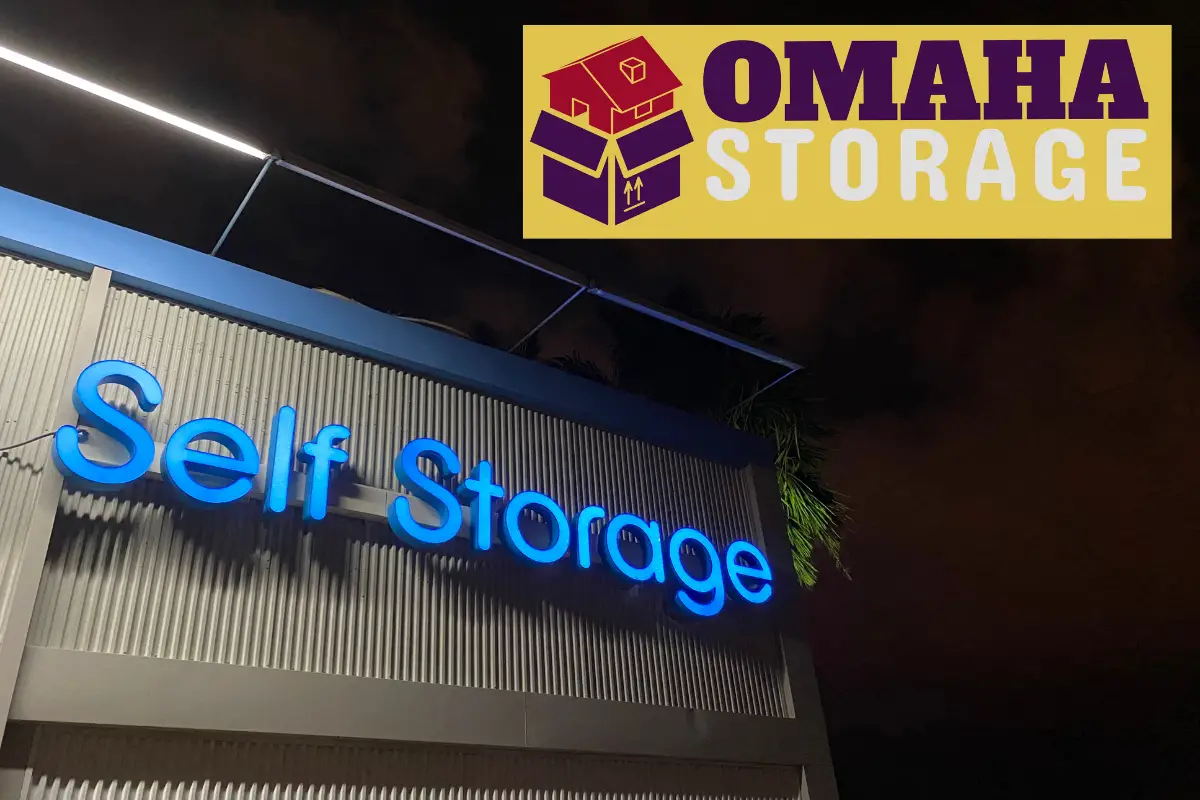
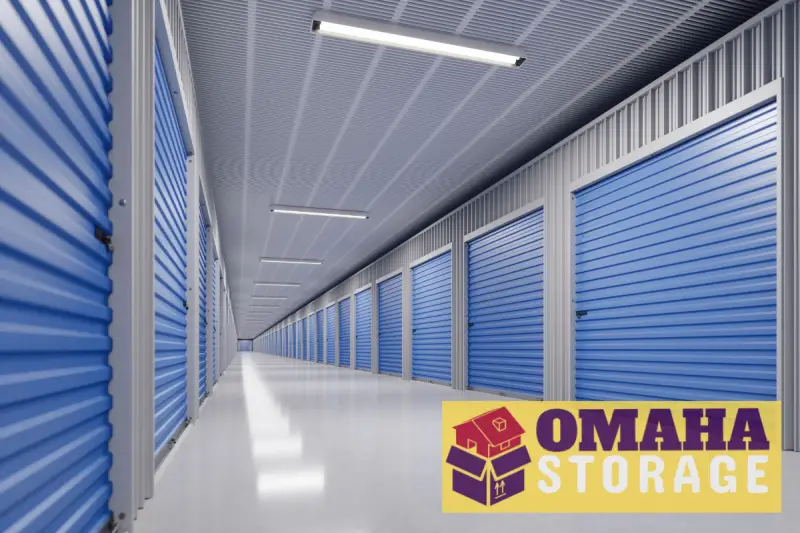
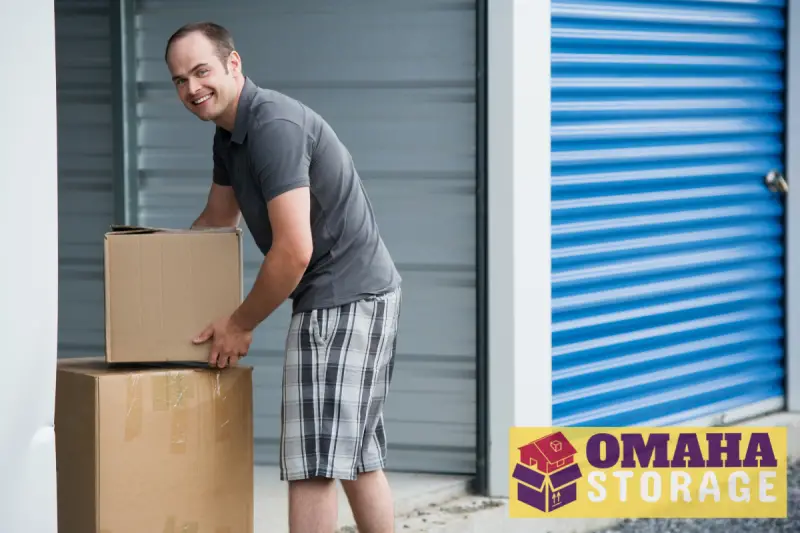
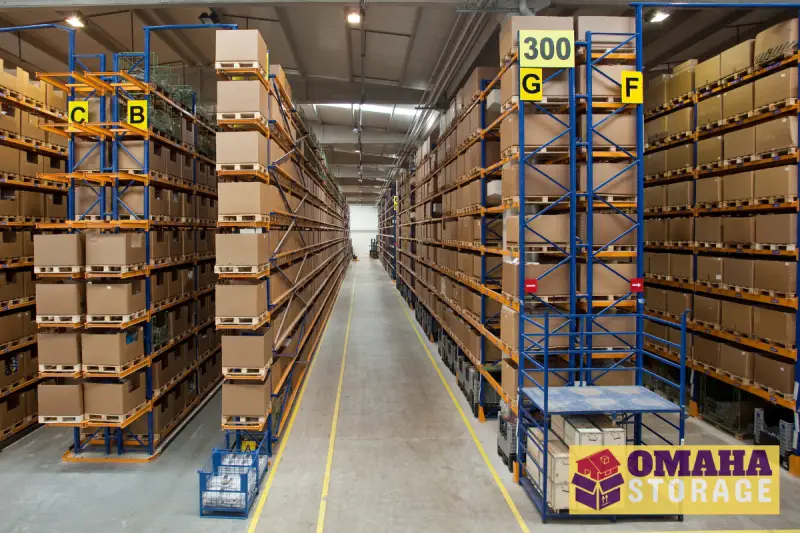
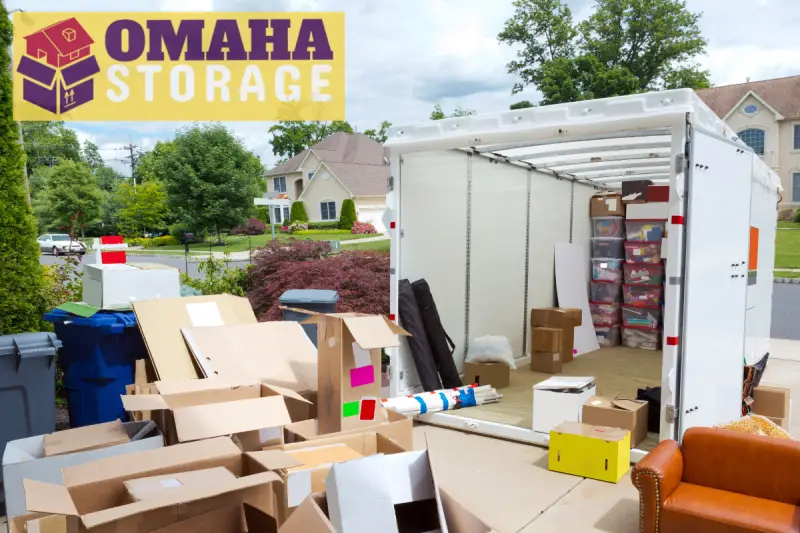

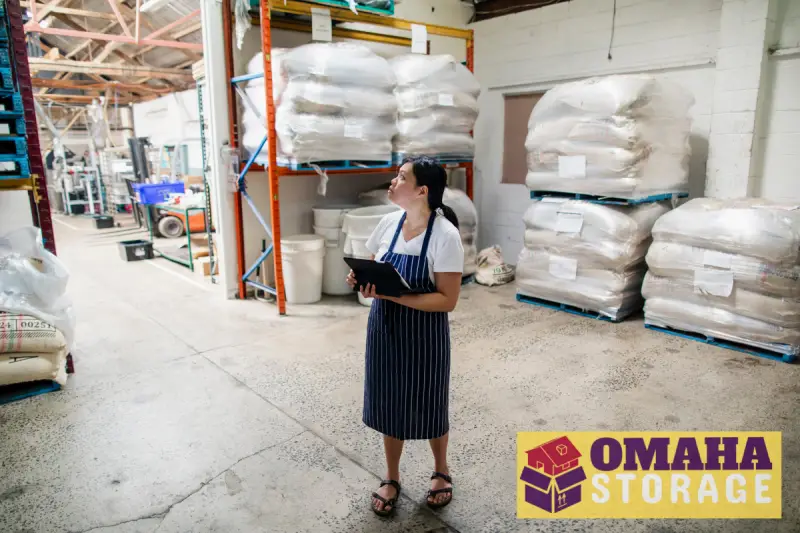


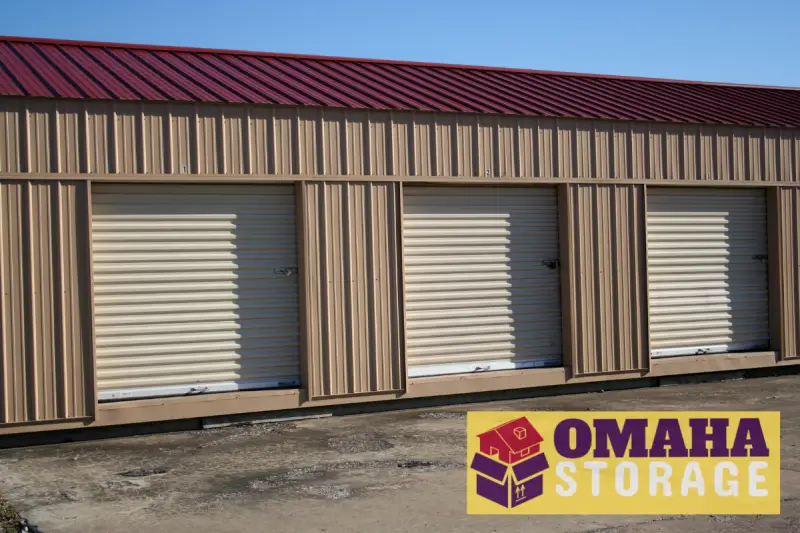

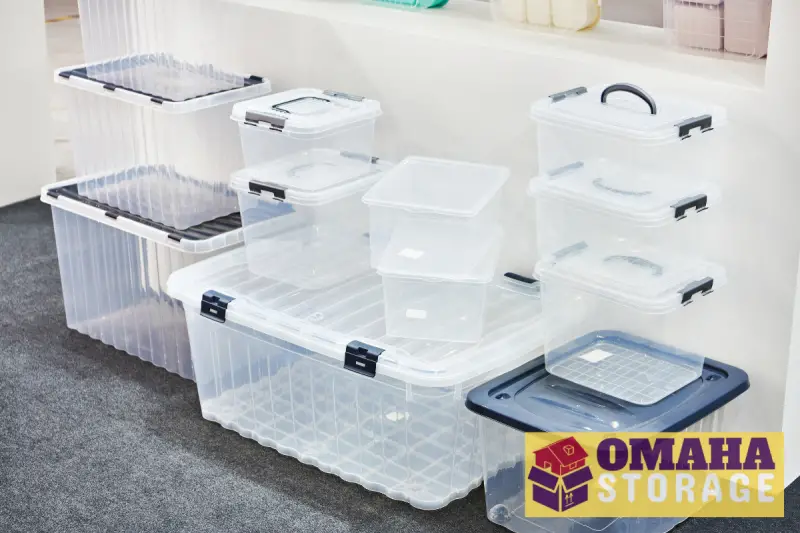
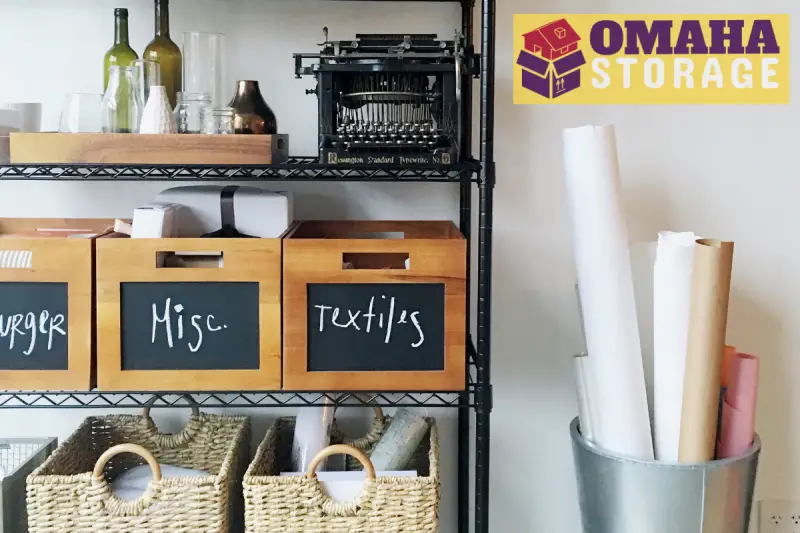
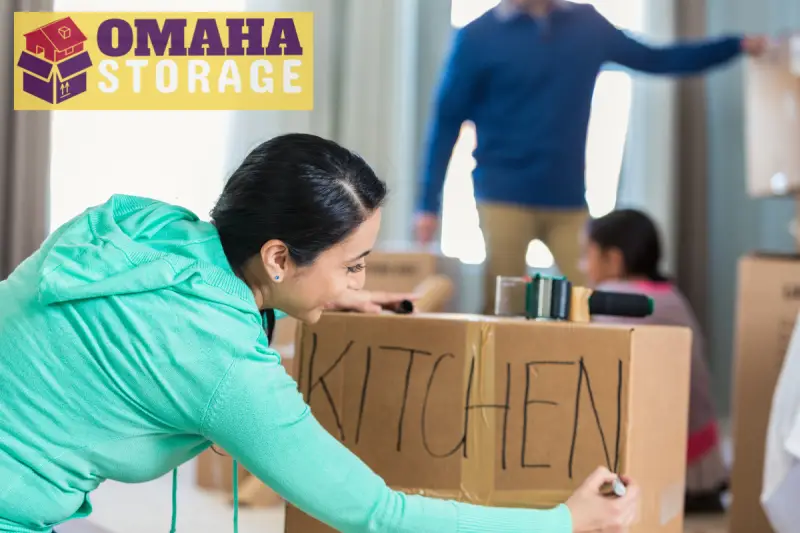
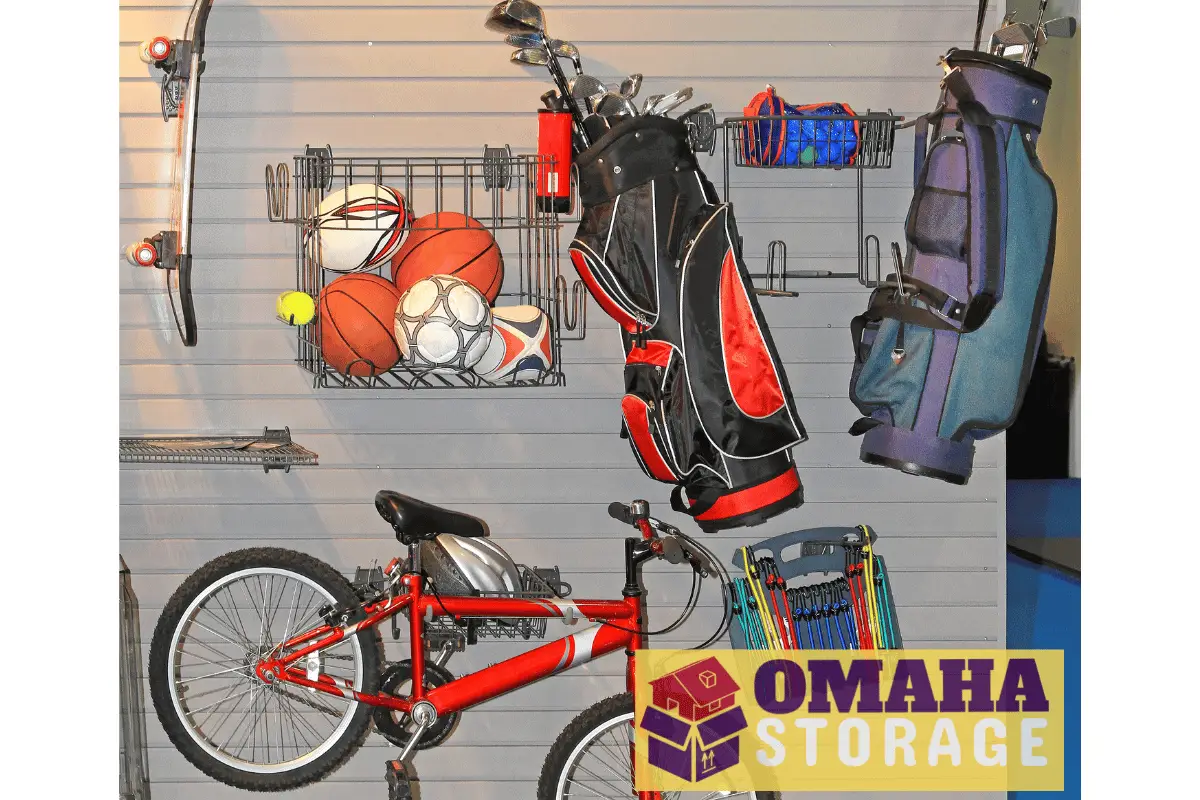
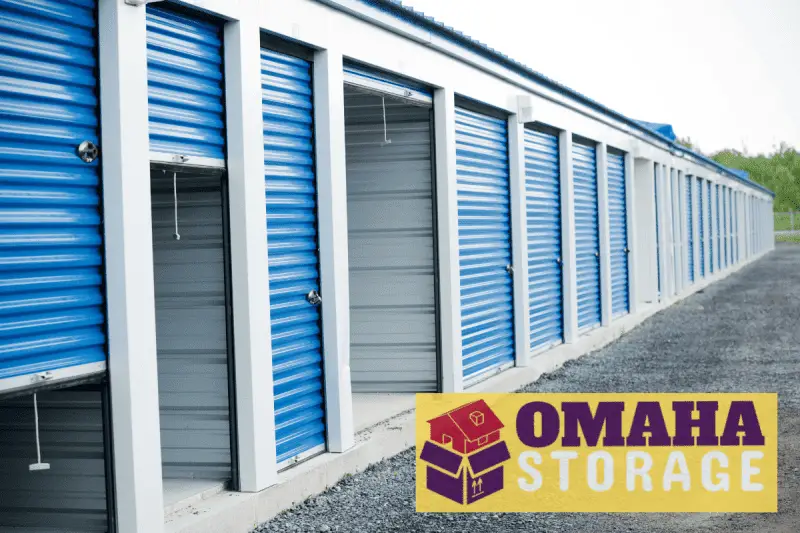
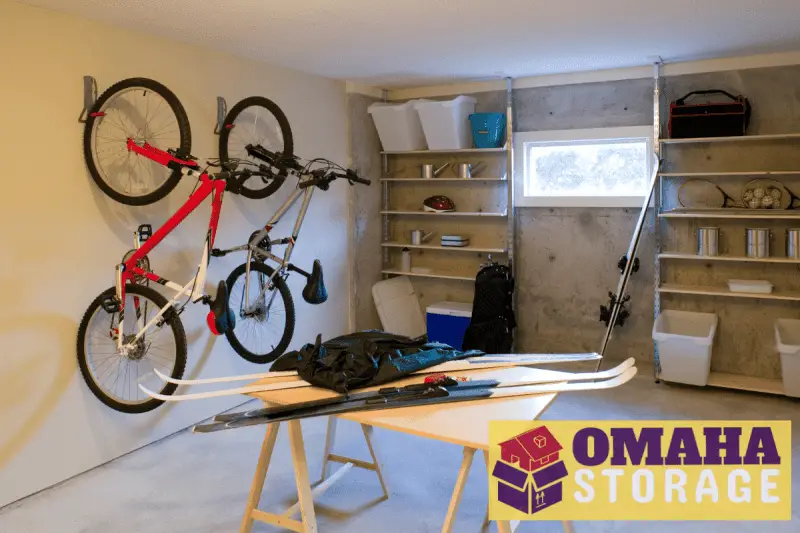

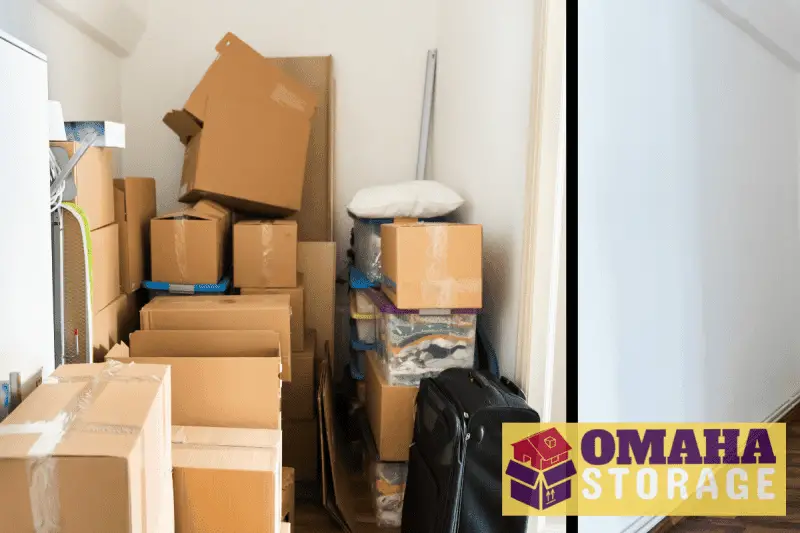
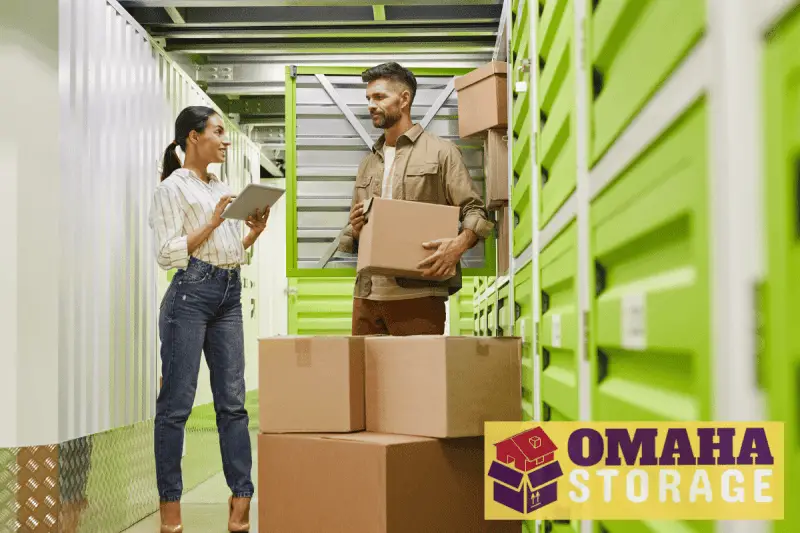
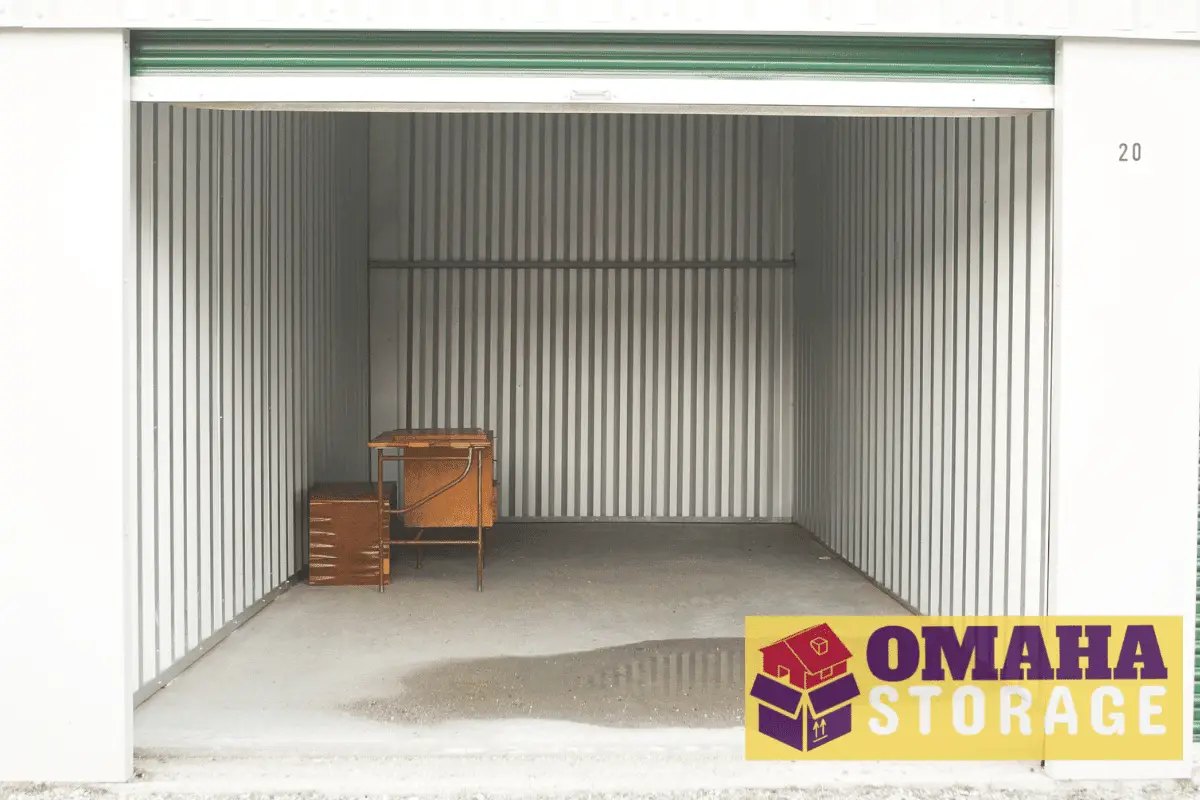
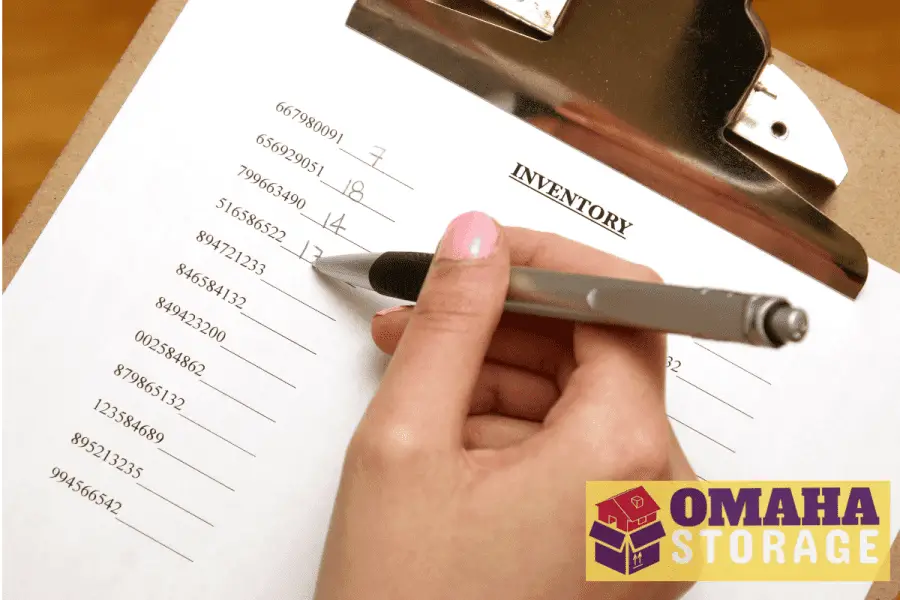
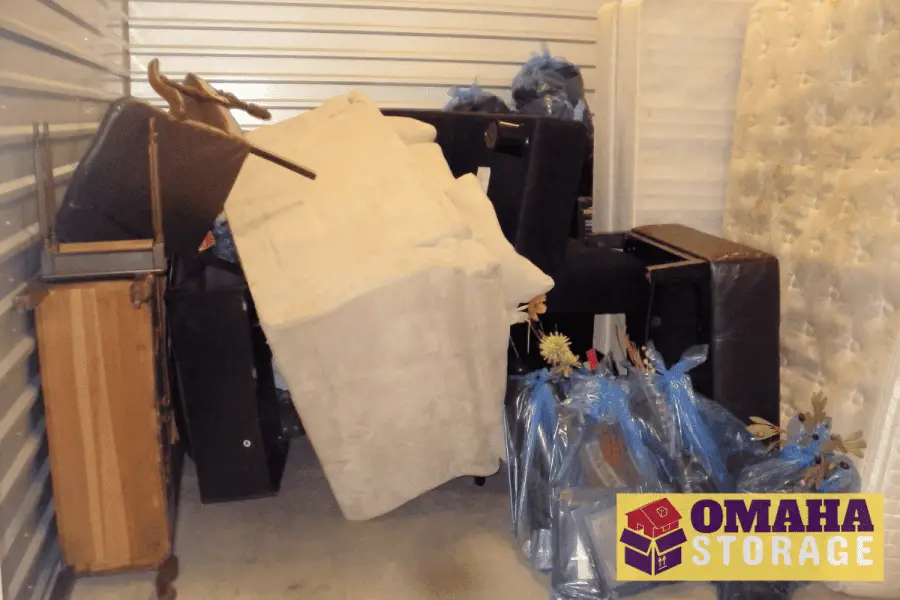
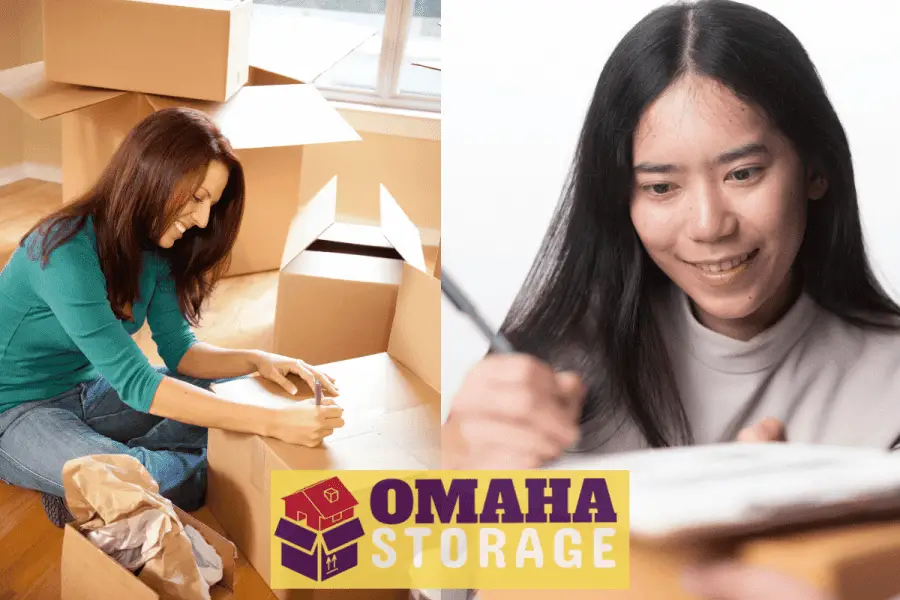
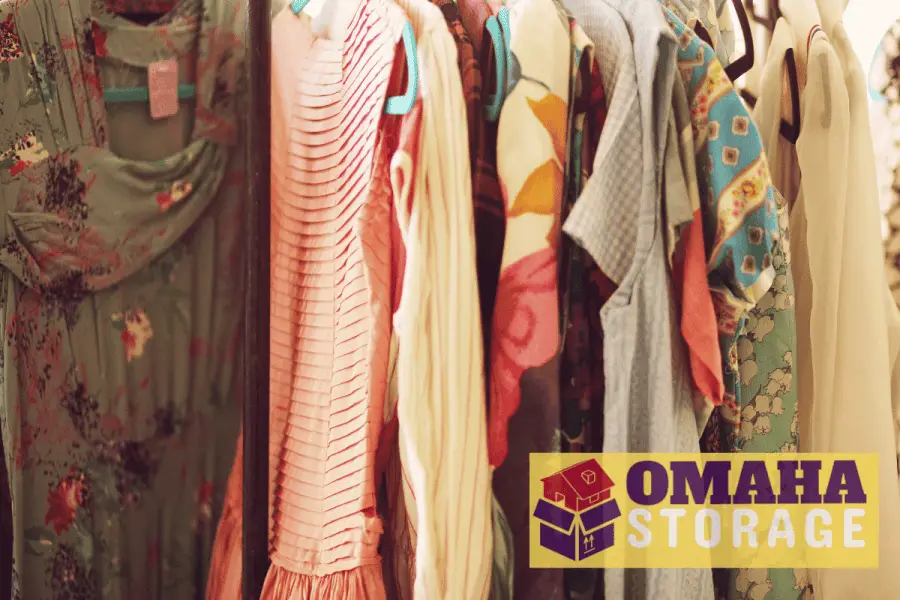
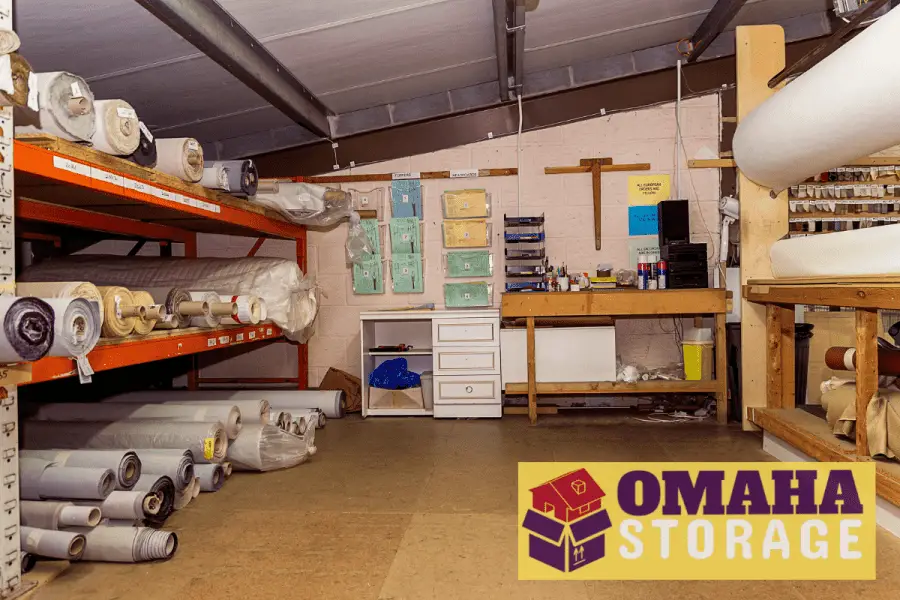
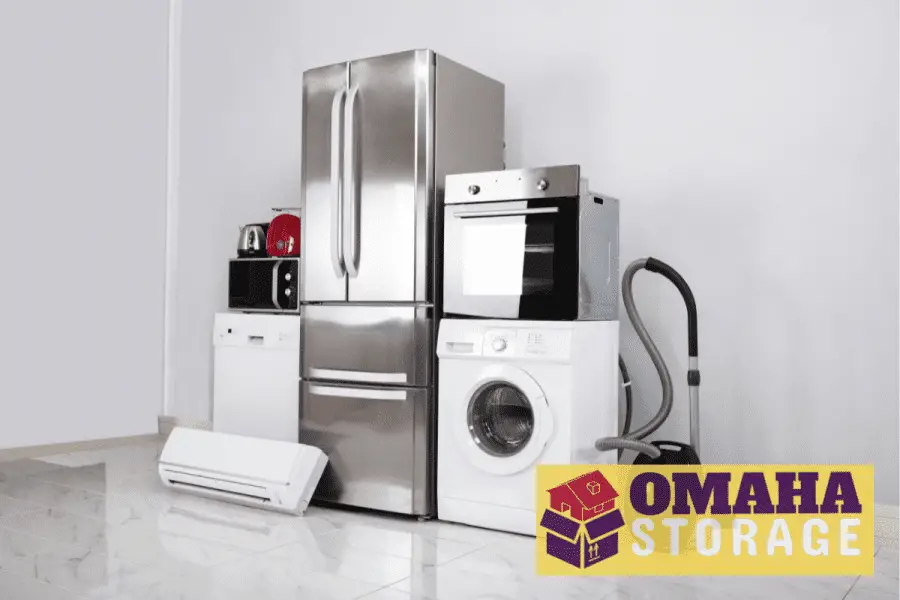
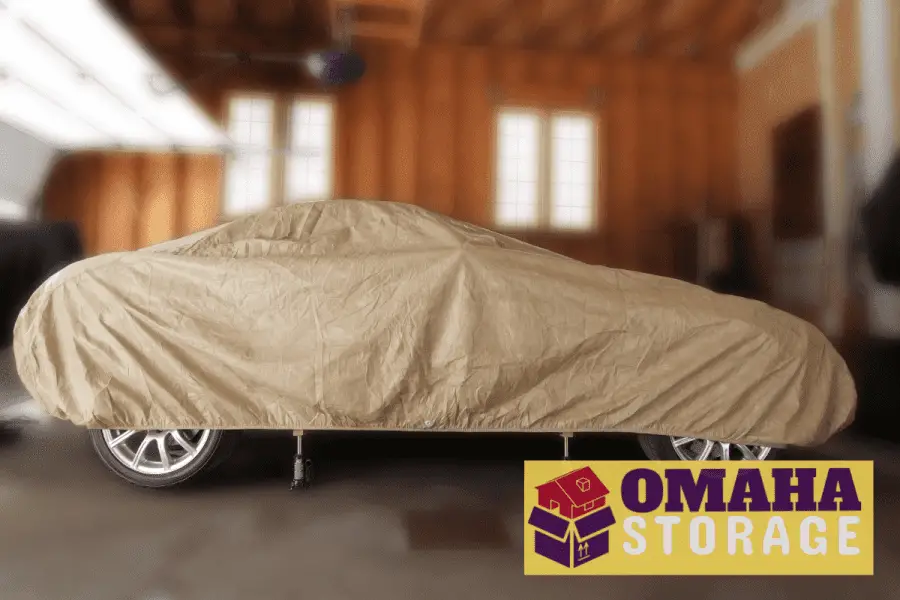
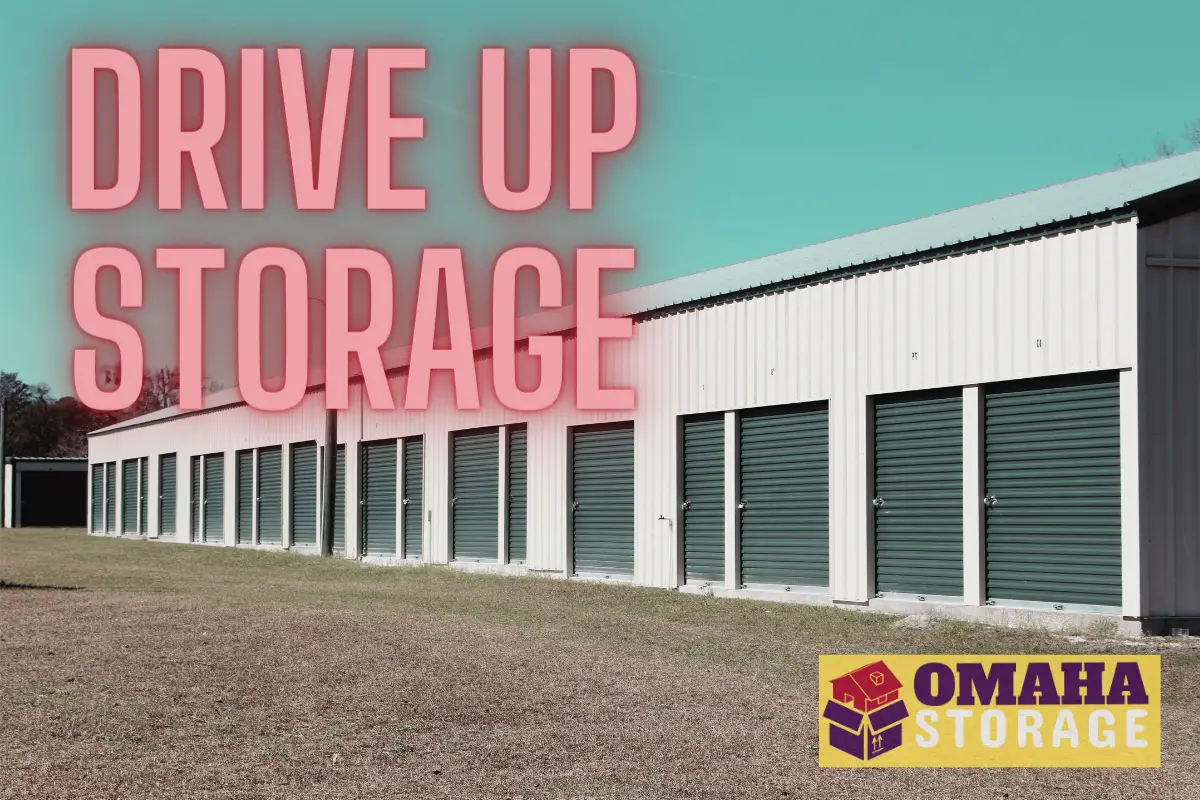
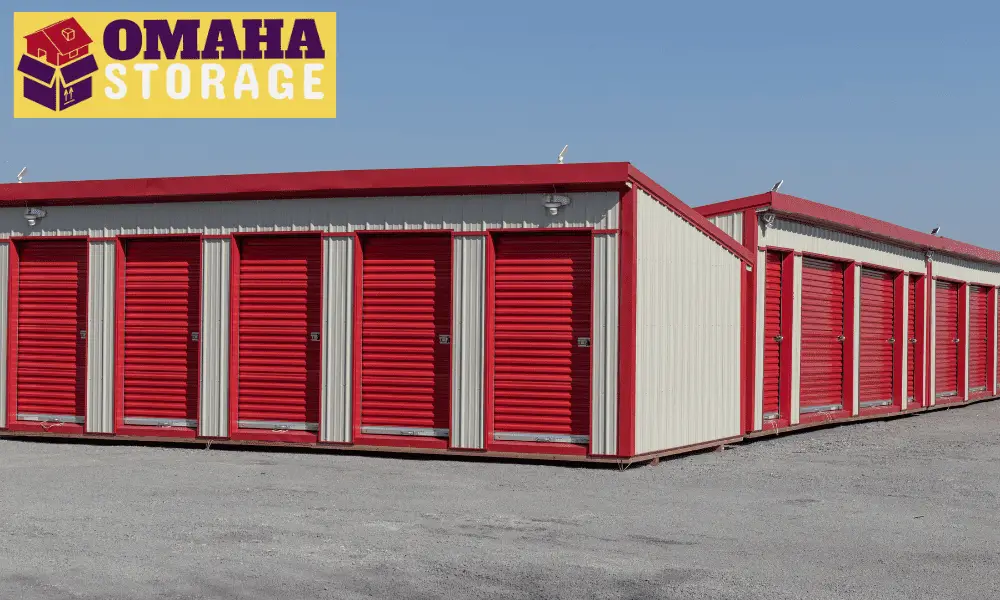 Rows of drive up storage units offer quick convenience.
Rows of drive up storage units offer quick convenience.